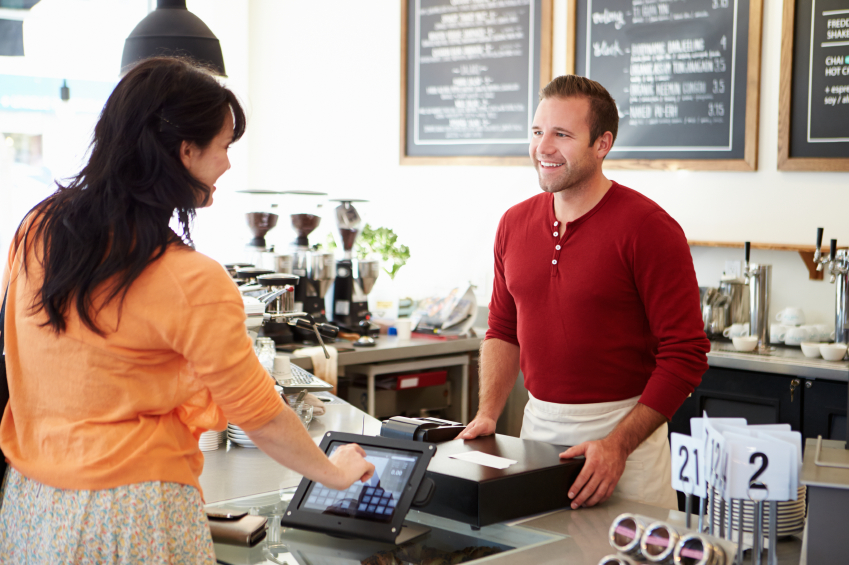Restaurants that collect data can use that information in myriad ways to increase guest counts and boost check totals, but sometimes it can be daunting to sift through the information and analyze it. However, there are simple ways to translate restaurant data into sales, and to collect more of the “right” data that will help propel performance.
Determine the problem before solving it
Before restaurants can determine which data will help them drive sales, they must first establish their pain points, advises Roman Stanek, CEO at GoodData. “As a first step, restaurants should determine what business problems they are trying to solve,” he advises. “They should then choose one or two of these problems to focus on, and that will help determine what data is
needed for analysis. By focusing on one problem at a time, restaurants can leverage only the data that is relative to that issue and streamline their data analytics process.”
A restaurant’s next step should be establishing a point of reference among that data in the area of the pain point they’ve identified. For instance, if a restaurant wants to determine how to boost sales of its worst-performing item, it should evaluate the key differences between its top and bottom performers, advises Victor Fernandez, executive director of insights and knowledge at TDn2K.
“Have a number as a set target and compare everything against that,” Fernandez advises. “Once you have that metric, figure out some of the common traits for those top performers according to that metric, then determine how those traits can be ported over to the rest of the system.”
Using data to adjust pricing, promotions can drive big results
One place to use data to increase profit and sales is pricing, says Mike Lukianoff, chief analytics officer at Fishbowl Marketing Analytics. “If you’re actually measuring how consumers are responding to different price changes, you can glean a lot of useful insights,” he advises. “Pricing is one of the quickest ways for data to pay off, because if you get pricing wrong you can really be punished by consumers, but if you get it right it can be a revenue growth strategy.”
Restaurants can also benefit from using data to understand their customer base better to tailor marketing messages to them. “In the marketing and promotional arena, just by targeting the right message, we’ve seen double-digit improvement in marketing effectiveness and it makes a lot of sense,” Lukianoff says.
Stanek provides this example of how restaurant data can be used effectively: GoodData’s customer, GreatVines, reviewed its happy hour menu and tracked who was buying wine by the glass vs. by the bottle to help them better understand the margins for each. “They can also determine how well the wine that’s not on the happy hour menu sells and determine which wines to promote to increase overall sales and margins,” he said.
Get started without a huge investment
Restaurants eager to collect customer data don’t have to invest in an expensive software program when they’re getting started — there are several ways to gather information inexpensively.
“The advantage right now is there’s an abundance of data and information all around us,” Fernandez said. “There are people going on Yelp, Google, Facebook and Twitter to talk about brands, that’s real-time data. The misconception is that people only go on there to complain, but our research shows that isn’t the case. There are many more positive than negative mentions for the top brands. Take a look at both the positive and negative comments and get some feedback from that. This you can do down to the hour or day level once you’re ruling out something like a new menu item or new promotion.”
Restaurants can also glean insights from looking at their purchase data, Lukianoff says. “A lot of restaurants will just use the point of sale as a cash register and won’t look at how people are pairing things together. Once you know that people who are more likely to buy ‘A’ might also like item ‘B,’ you’re also getting a lot of insight from the consumer on not only a promotional standpoint but also on a bundling standpoint and that information can help you adjust your menu.”
____________________________________________________
If you enjoyed this article, join SmartBrief’s email list for more stories about the food and beverage industry. We offer 20 newsletters covering the industry from restaurants to food manufacturing. And be sure to follow us on Twitter for the latest industry news.
